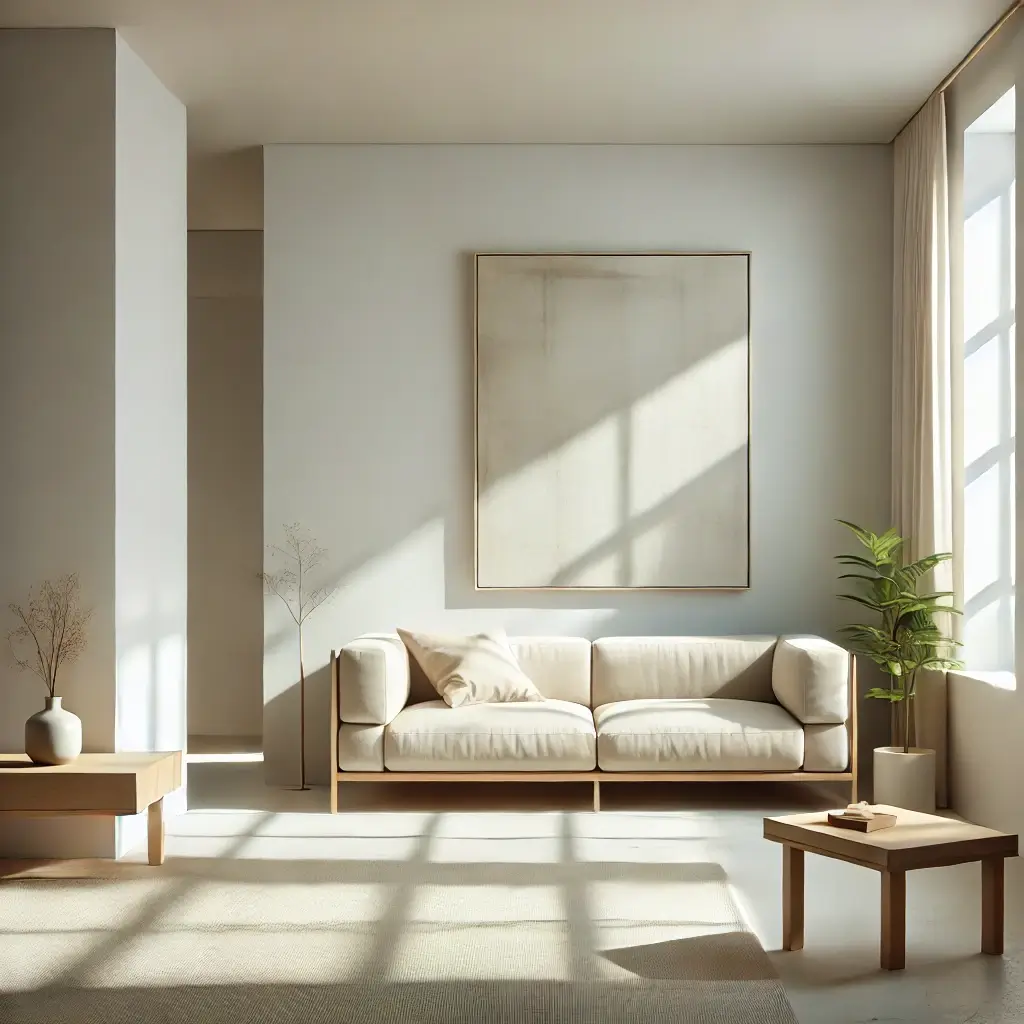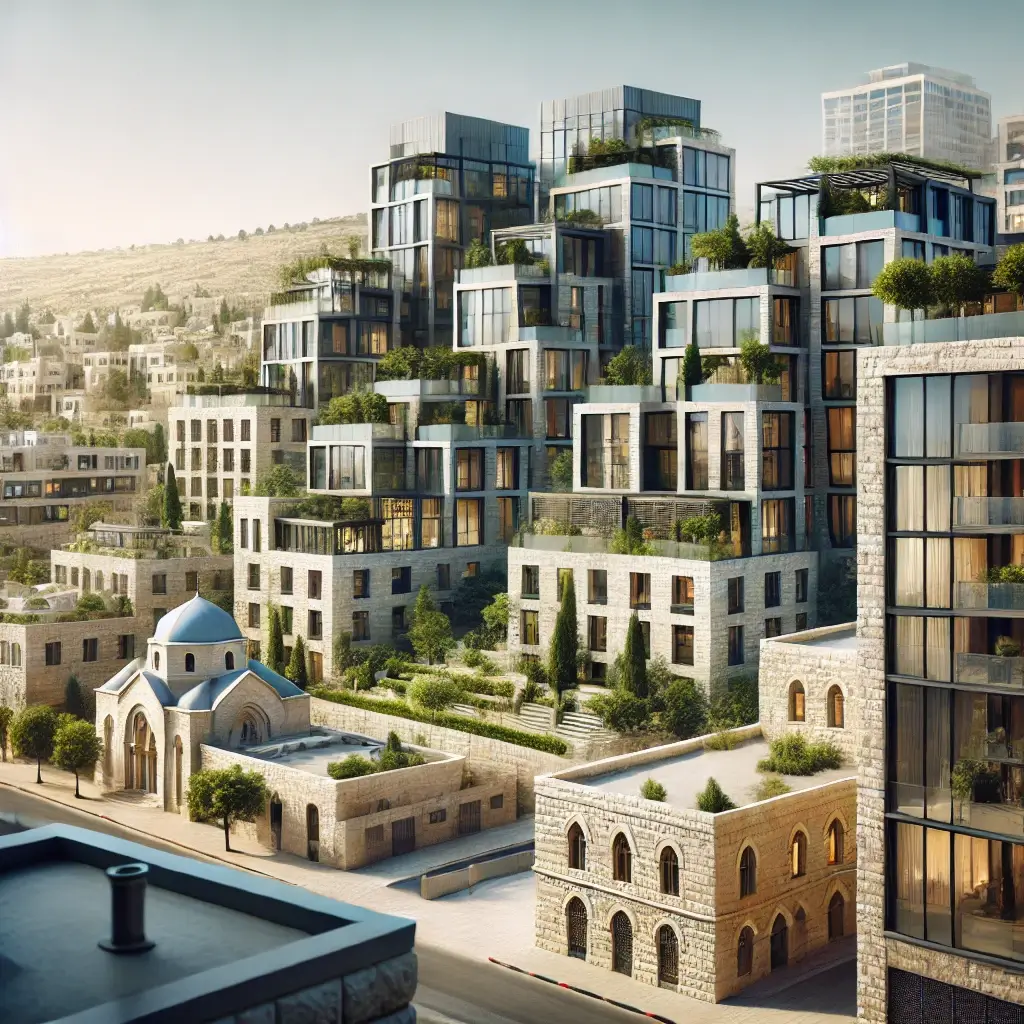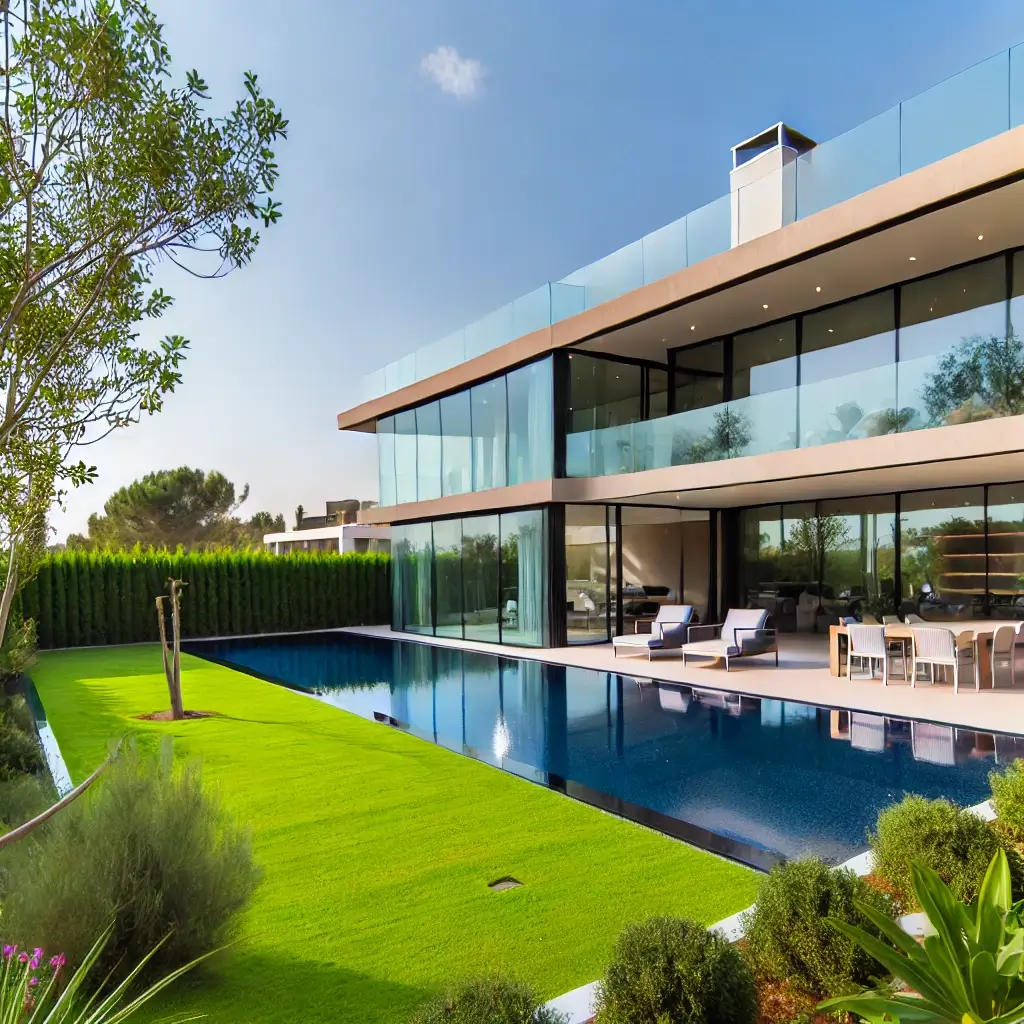Minimalism is more than just a design trend; it’s a lifestyle that embraces simplicity, functionality, and aesthetic harmony. In the world of interiors, it transforms cluttered spaces into serene sanctuaries. If you’re looking to create a calming, clutter-free home, these minimalist interior design tips will help you achieve that perfect balance of style and simplicity.
1. Start with a Clean Slate
To adopt minimalist interior design, decluttering is the first and most crucial step.
- Purge Unnecessary Items: Keep only the essentials and let go of items that don’t serve a purpose.
- Focus on Functionality: Retain pieces that are both functional and beautiful.
A clean, organized space sets the foundation for a minimalist home.
2. Embrace Neutral Color Palettes
Minimalism thrives on simplicity, and neutral tones are its hallmark.
- Choose Soft Hues: Opt for whites, beiges, greys, and muted earth tones.
- Add Texture for Depth: Use materials like linen, wood, or stone to prevent the space from feeling flat.
Neutral palettes create a sense of openness and tranquility.
3. Invest in High-Quality Furniture
Minimalist interior design is about quality, not quantity.
- Prioritize Multi-Functional Pieces: Think of ottomans with storage or modular sofas.
- Stick to Clean Lines: Choose furniture with simple, geometric designs for a sleek look.
High-quality furniture anchors the room without overwhelming it.

4. Let Natural Light Shine
Lighting plays a pivotal role in minimalist spaces.
- Maximize Windows: Keep window treatments light and sheer to let in natural light.
- Use Layered Lighting: Incorporate floor lamps or recessed lights to add warmth in the evenings.
Natural light enhances the airy, spacious feel of minimalism.
5. Incorporate Thoughtful Decor
Minimalist spaces aren’t void of personality; they just showcase it subtly.
- Opt for Statement Pieces: A single large artwork or a striking sculpture can serve as a focal point.
- Choose Natural Elements: Add indoor plants or organic materials like bamboo and rattan for a touch of life.
Decor should enhance, not clutter, your space.
6. Focus on Open Spaces
Minimalist design emphasizes flow and openness.
- Adopt Open Layouts: Arrange furniture to promote clear pathways and spaciousness.
- Use Mirrors Strategically: Reflect light and give the illusion of more space.
An open layout creates an inviting, breathable atmosphere.
7. Maintain Consistency
Cohesion is key to minimalist interior design.
- Stick to a Theme: Ensure your furniture, decor, and color schemes align seamlessly.
- Avoid Overcrowding: Leave negative space around items to highlight their presence.
Consistency ensures every element contributes to the overall aesthetic.
8. Commit to the Lifestyle
Minimalist interior design is more than decor; it’s a mindset.
- Practice Mindful Consumption: Only acquire items you truly need or love.
- Regularly Reassess: Keep your space clutter-free by periodically reviewing your belongings.
By embracing minimalism as a way of life, your home will remain a haven of simplicity.
Conclusion
Minimalist interior design isn’t about sacrificing style; it’s about enhancing it through simplicity. With these minimalist interior design tips, you can transform your home into a sanctuary of elegance and calm. Remember, in minimalism, less is always more—each element matters, and each space tells a story of purpose and beauty.





